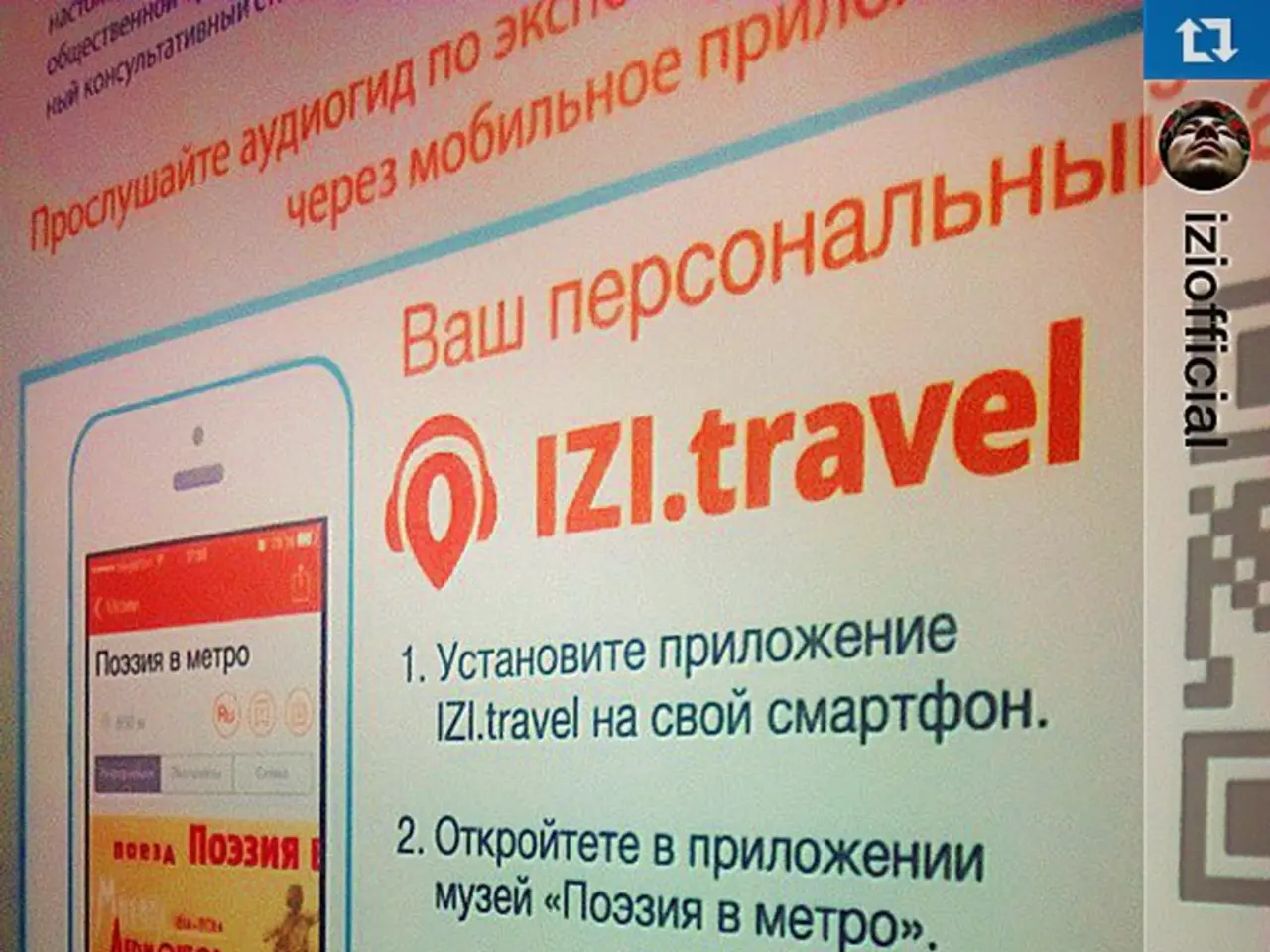Monitoring Print Ads with Google Analytics: A 4-Step Guide
In the digital age, businesses have become adept at tracking the performance of their digital advertising efforts. However, understanding the success of print advertising has often been a challenge. But fear not, for digital means are now available to track the performance of print ads, setting businesses apart from those who do print advertising with limited understanding.
By employing trackable elements like unique UTM-coded URLs, QR codes, vanity URLs, or dedicated phone numbers, businesses can bridge the gap between offline print campaigns and online metrics. These elements, when interacted with, allow for the capture of user activity in Google Analytics, providing valuable insights into the performance of print efforts and reducing misclassified traffic as Direct or Organic search.
Creating Unique UTM-Tagged URLs
One of the key methods for tracking print ads digitally involves creating unique UTM-tagged URLs for each print ad variation. These URLs include parameters like , , and so Google Analytics can identify the source as your print campaign and differentiate it from other traffic. Visitors who type or scan these URLs will be tracked like any online campaign.
Adding QR Codes to Print Materials
Another effective method is to add QR codes to print materials that encode the UTM-tagged URLs. When scanned, the user is taken to a tracked landing page that reports back to Google Analytics, bridging offline print impressions to online metrics and conversions.
Using Branded Vanity URLs
Using branded vanity URLs that redirect to UTM-tagged landing pages is another smart strategy. These short, easy-to-type URLs on print materials provide a smoother user experience and clear campaign attribution when visitors enter them manually.
Incorporating Dedicated Call Tracking Phone Numbers
Lastly, incorporating dedicated call tracking phone numbers on your print ads can help measure calls generated specifically from each print campaign. By using Google’s call forwarding numbers or third-party call tracking integrated with Google Analytics, you can gain valuable insights into the performance of your print ads.
Implementation Tips
- Generate UTM parameters that reflect your print campaign specifics, such as , , and .
- Use a QR code generator that supports embedding UTM URLs for easy scanning.
- Set up Google Analytics conversion tracking on the landing page to capture leads or sales driven by print ads.
- If tracking phone calls, enable Google forwarding numbers or integrate a call-tracking platform with GA.
By connecting offline print advertising to online visitor data in Google Analytics, businesses can now measure the return on investment (ROI) of their print campaigns, making informed decisions about their marketing strategies.
This approach can be applied to various print materials, such as business cards, handouts, fliers, billboards, stickers, or a banner at an event/tradeshow. To ensure the correct tracking of traffic from a vanity URL, a developer must create a redirect to the tracking URL with custom UTM parameters.
Don't be afraid to track print advertising digitally and get creative with its implementation. Embrace this opportunity to gain valuable insights into the performance of your print campaigns and make data-driven decisions for your marketing strategy.
Employing unique UTM-coded URLs, QR codes, vanity URLs, or dedicated phone numbers in print advertising enables businesses to bridge the gap between offline print campaigns and online metrics, providing valuable insights into the performance of their print ad efforts through Google Analytics.
By generating UTM parameters reflecting print campaign specifics, embedding UTM URLs in QR codes, setting up conversion tracking on landing pages, and integrating call-tracking platforms with Google Analytics, businesses can measure the return on investment (ROI) of their print campaigns and make informed decisions about their marketing strategies.




